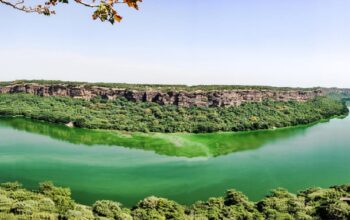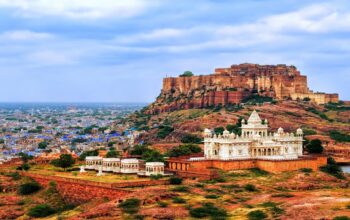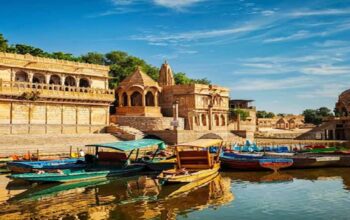The Mughals ruled over a large part of India. Ruling such a large landmass was never possible without proper infrastructure, especially roads. The roads were used to move large Mughal armies across the nation swiftly lugging the artillery which usually was heavy and was towed by the bullock carts and elephant carts. There are many old Mughal-time Dharamshalas and Mughalsarai in Agra.
Architecture of Jahangir period
Mughal emperor Jahangir (1605-1628) in particular laid lots of emphasis on the development of road infrastructure. Bridges on major rivers , Caravan sarai at vantage points where the travelers could rest and a special focus was on the security of the travelers from the goons and brigands. The remains of these caravan sarai still dot the Indian nation and during your Agra tour, you can ask the tour operator in Agra or the tour guide to include the visit of this tomb in your tour plan.
Today we will take you on a journey to one such caravan Sarai which lies just 30 kms from Agra city.
The Mughalsarai is on a very important trade route of those times connecting Dakhan (central and south India) to North India. Even today it lies very near to an important national highway number 3 connecting north India with Mumbai and central India.
Sher Shah Suri is basically credited for the development of highways and related infrastructure but the Mughals fine-tuned the earlier existing highways, Milestone markers known as Kos Minar was constructed on the highways, Many of them are still visible in north India.
Suggested Tours
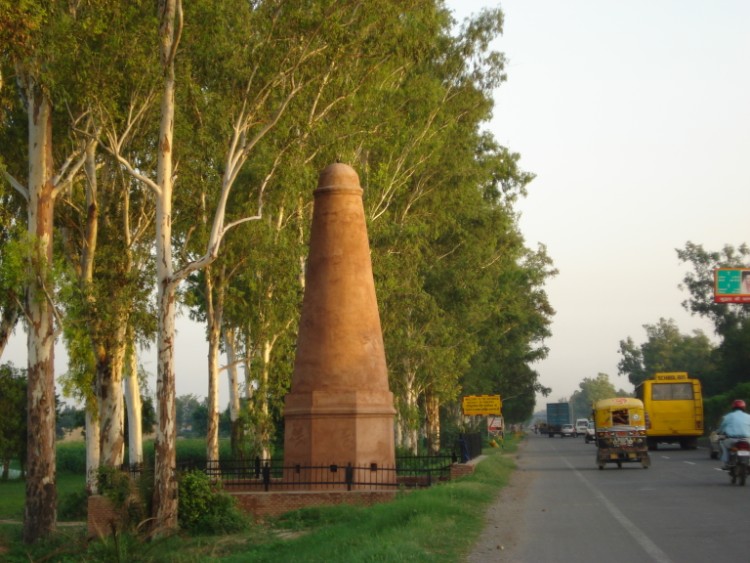
This caravan sarai popularly called as Jajau ki sarai lies a small distance from the modern highway NH3 just a few meters from the toll plaza of “Saiyan”a small dusty narrow road will lead you to the Jajau village after crossing the village you will see the lofted gates of the Mughalsarai visible from a long distance.
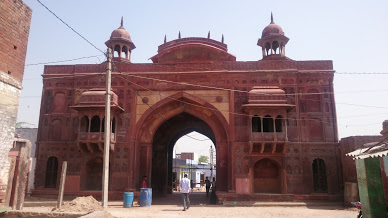

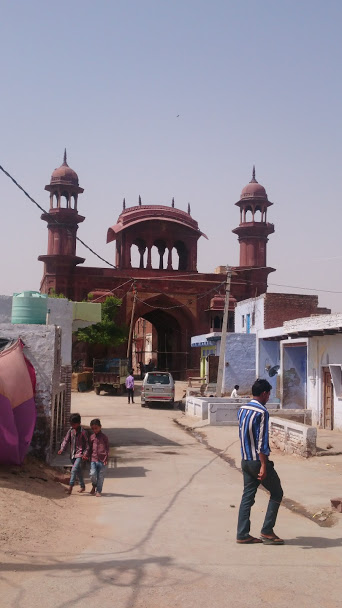
There are two gates both of them have been crafted from red sandstone which is a locally available construction material used in prominence in Agra and Delhi Mughal monuments. The southern gate has two turrets making it visible from a distance. The semi-circular Rajasthani-styled Chattris make these gates beautiful.
The gates are constructed in the typical Indian Islamic style of architecture with Chajjas and multi-cusped arches and the architecture has many affinities to the other Mughal tombs which you visit with your Taj Mahal Tour. Gates of have of this tomb rooms which probably were used by the sentries on guard. There is a huge space between the two gates which in those days had a serial array of rooms used by the traveling caravans.
Read Related Things in Agra
- Chini Ka Rauza Agra
- Jaswant Singh Ki Chatri
- Salawat Khan Tomb Agra
- Tale of Itwar Khan Mosque Agra
- Story of Red Taj Mahal
- Agra Mazars and Dargah
- Rock Shelters Nearby Fatehpur Sikri
- Ibadat Khana Fatehpur Sikri A Hall of Religions

There is a small but beautiful mosque with three small domes constructed on a lofted platform, the mosque was constructed to facilitate travelers.
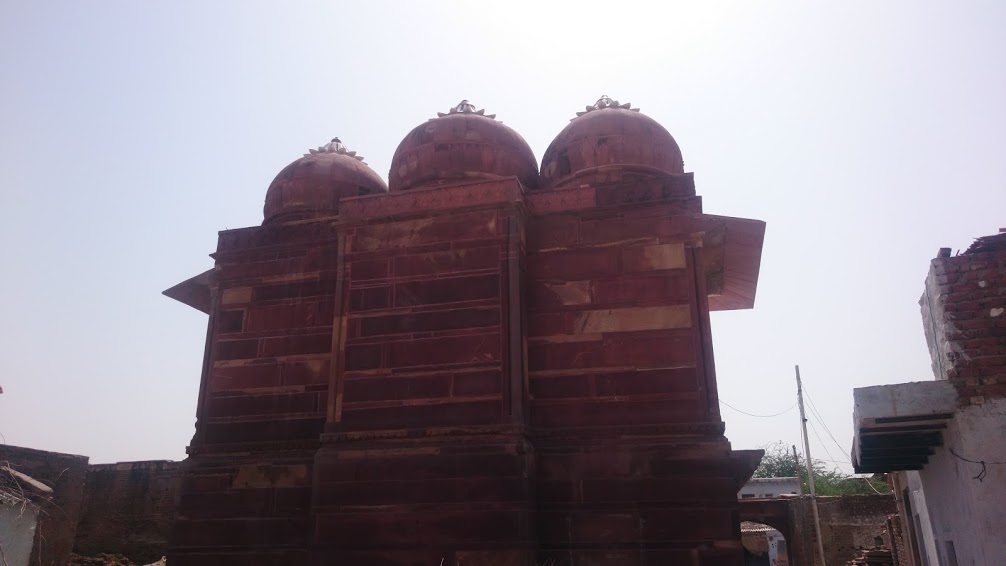
Though the array of rooms are in dilapidated condition but the carvings visible at some places give you an idea of the regal architecture.

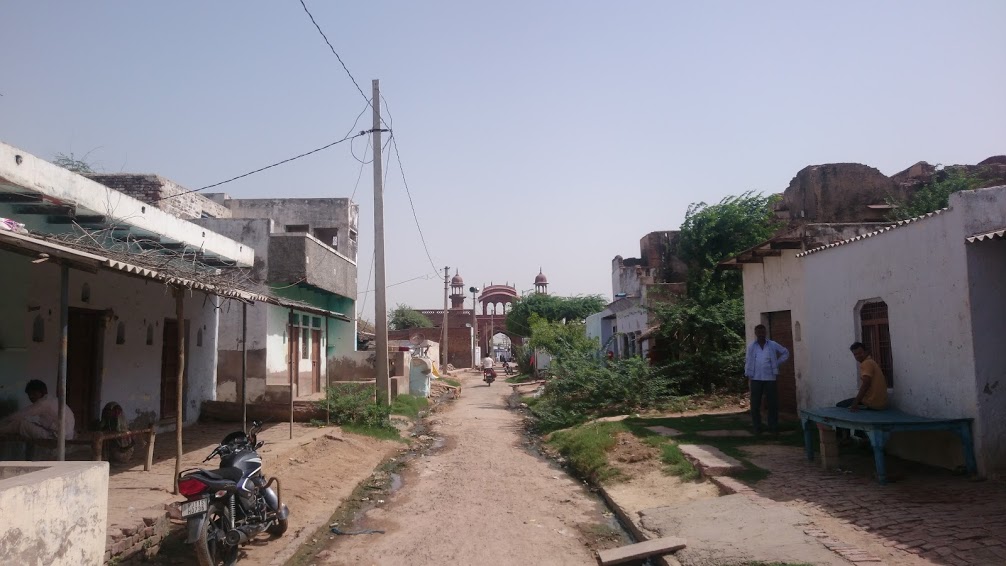
Since the sarai offered a very secure environment the locals later used it to make their homes. Many families still reside inside the sarai even today.
Suggested Tours
- Golden Triangle Tour Packages
- Golden Triangle Tour 3 Days
 The stepped well near the Sarai.
The stepped well near the Sarai.
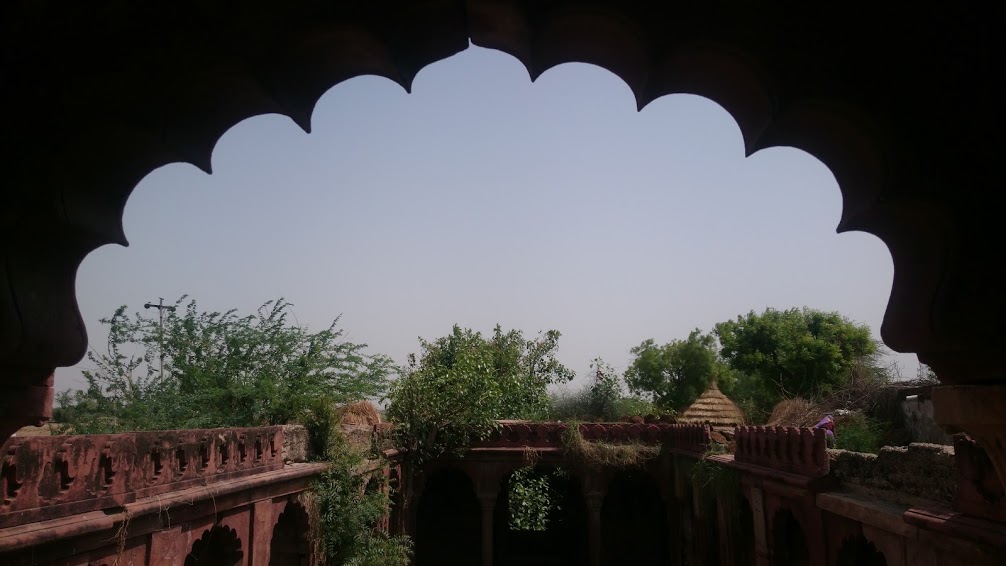

This area, in particular, is deficient of drinking water though there is a river called Utangan nadi flowing very near but it’s a perennial river making its presence only in the rainy season so to facilitate the drinking water a stepped well was also constructed not very far from the sarai.
The stepped well is also an amazing piece of period architecture with beautiful cusped arches, not much of restoration can be seen at the stepped well though restoration work is in progress at the sarai and its gates. The locals use the stepped well as a storage bin to store fodder.


